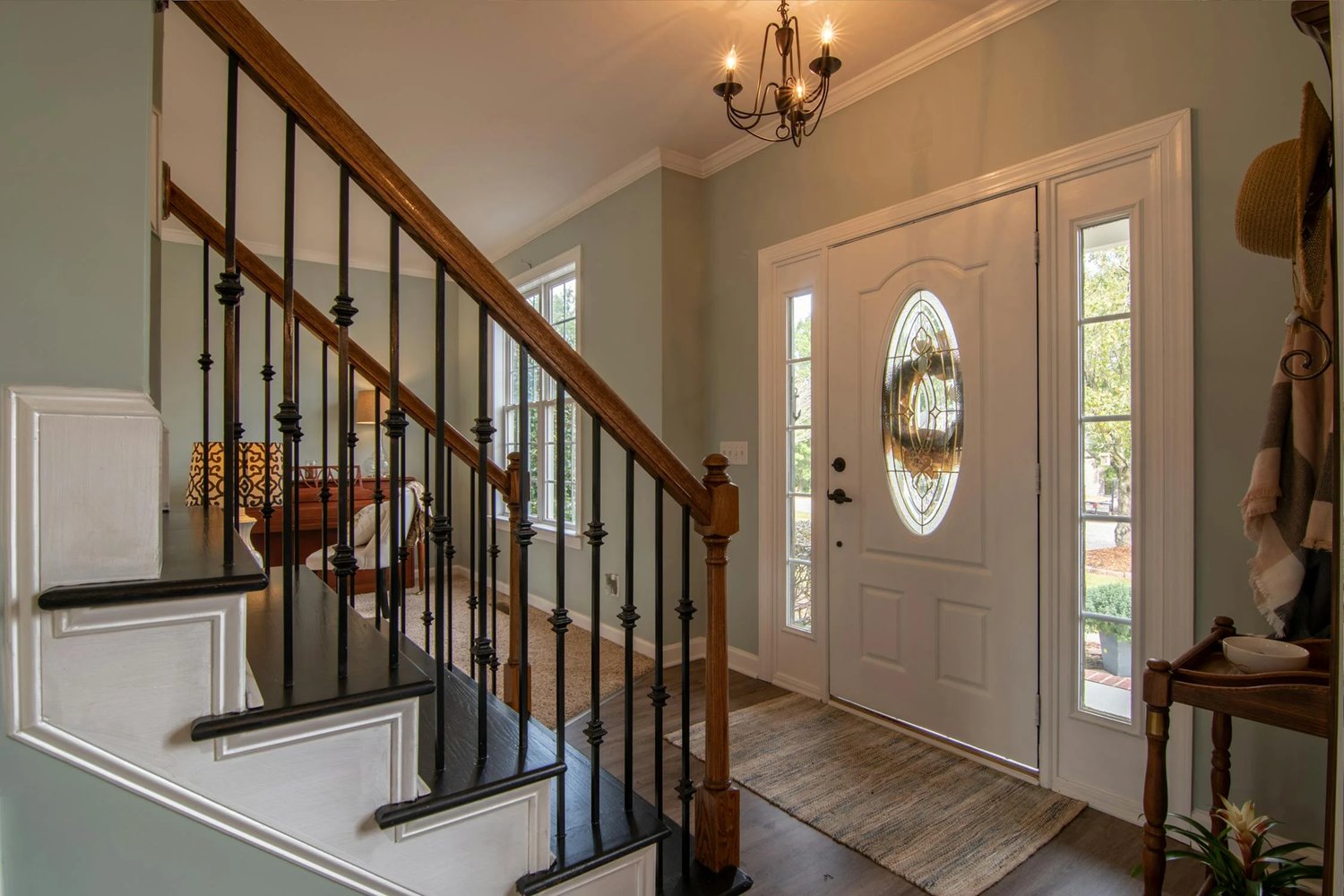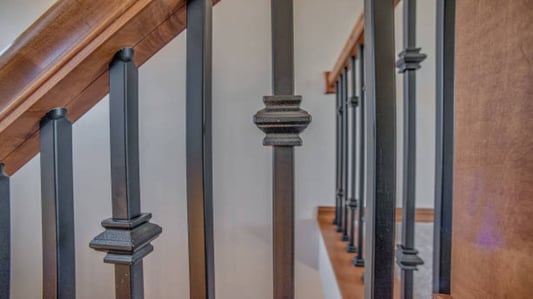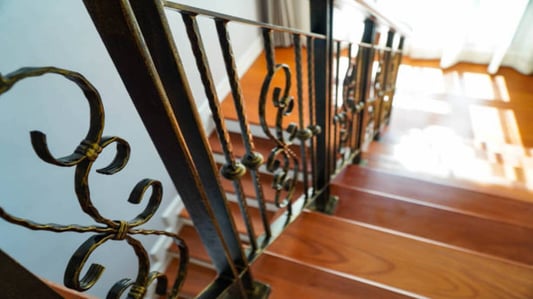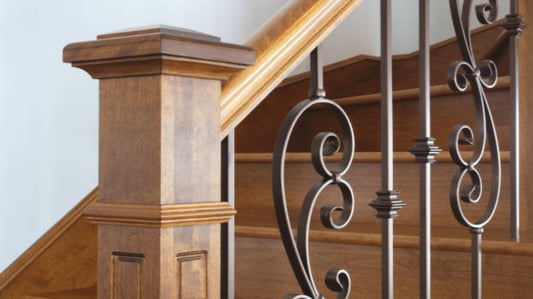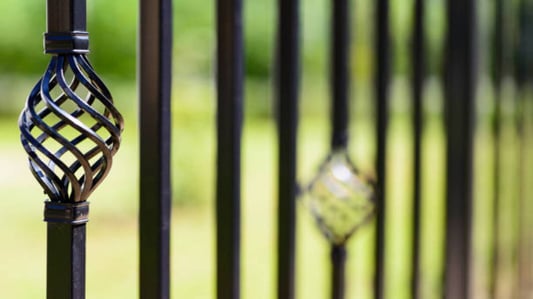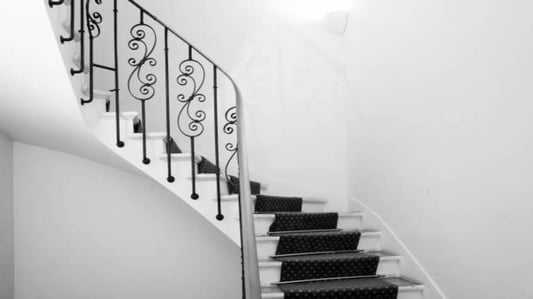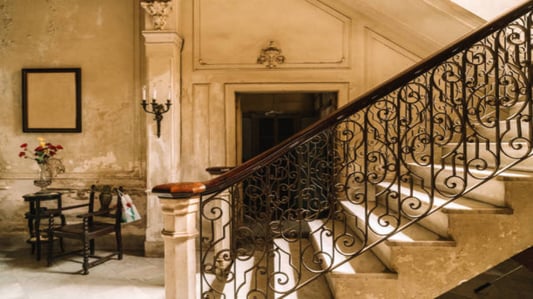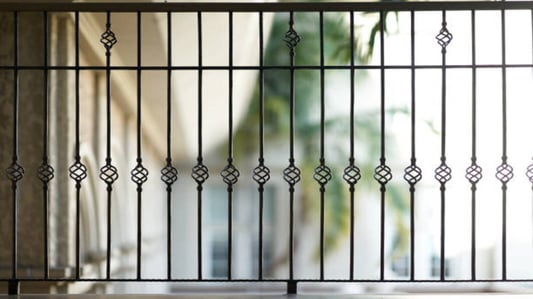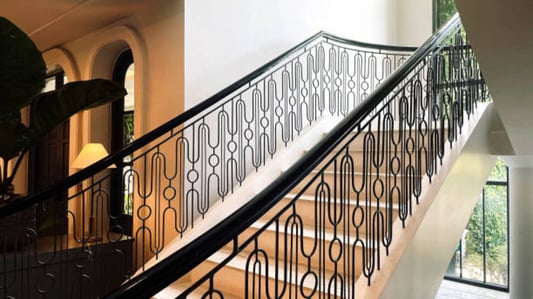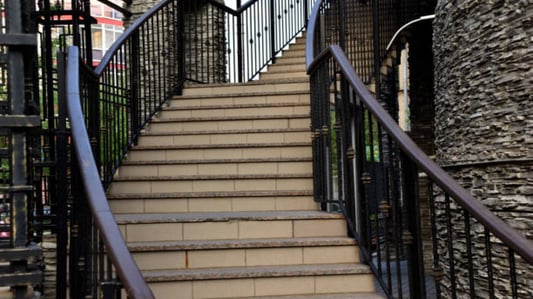The single twist baluster: A Beautiful and Durable Option for Your HomeOne of the most important aspects of home design is the staircase, which serves as a focal point to any home. Balusters play a crucial role in the overall appearance and function of a staircase, and the single twist baluster is a popular option for those who want to add a touch of elegance and durability to their home.What are Single Twist Balusters?Single twist balusters are a type of baluster that have a single, decorative twist in the middle of the rod. The twisted portion can be simple or ornate, depending on the homeowner's preference. This type of baluster is made from wrought iron or steel and is often used with wooden handrails.The Beauty of Single Twist BalustersThe elegant, unique design of single twist balusters adds a classic look to any home. They come in various finishes and colors, providing homeowners with a wide range of design options. The intricate twists in the balusters add depth and texture to any staircase, making it a true work of art. The Durability of Single Twist BalustersSingle twist balusters are made of wrought iron or steel, making them highly durable and long-lasting. They are resistant to wear and tear, making them a smart investment for homeowners who want to avoid frequent repairs or replacements. They can also withstand heavy weight and impacts, making them an ideal choice for high-traffic areas.The Versatility of Single Twist BalustersSingle twist balusters are versatile, which means they can be incorporated into any home design style. Whether a homeowner has a modern, minimalist or traditional home, single twist balusters can be customized to fit the overall theme. Their versatility extends to the choice of finishes, as they can be powder-coated in a range of colors to match the surrounding décor.The Customization of Single Twist BalustersSingle twist balusters can be customized to meet the specific design needs of the homeowner. They come in different sizes, allowing for a variety of combinations on the staircase. The twists in the balusters can also be personalized to fit the homeowner's taste, from simple twists to more intricate designs.The Installation of Single Twist BalustersSingle twist balusters are straightforward to install, making it possible for homeowners to complete the installation themselves. However, it is recommended that a professional completes the installation to ensure proper and safe installation. The installation process typically involves attaching the baluster to the handrail and the bottom rail of the staircase.The Maintenance of Single Twist BalustersSingle twist balusters require minimal maintenance. It is recommended that homeowners clean them regularly with a damp cloth to prevent dust build-up. The balusters should also be inspected periodically for signs of damage or wear and tear. Any repairs should be undertaken promptly to ensure the balusters remain in good condition.The Cost of Single Twist BalustersThe cost of single twist balusters varies based on size, design, and material. However, they are generally affordable and provide a good return on investment for homeowners. The high durability of these balusters means that they do not need frequent replacement, further adding to their value.The Benefits of Single Twist BalustersSingle twist balusters offer many benefits to homeowners, including durability, beauty, versatility, customization, and low maintenance. They are suitable for any home style, making them a practical and decorative addition to any staircase. Whether you are looking to renovate your staircase or build a new one, single twist balusters are an excellent option.Quote InquiryContact us!

